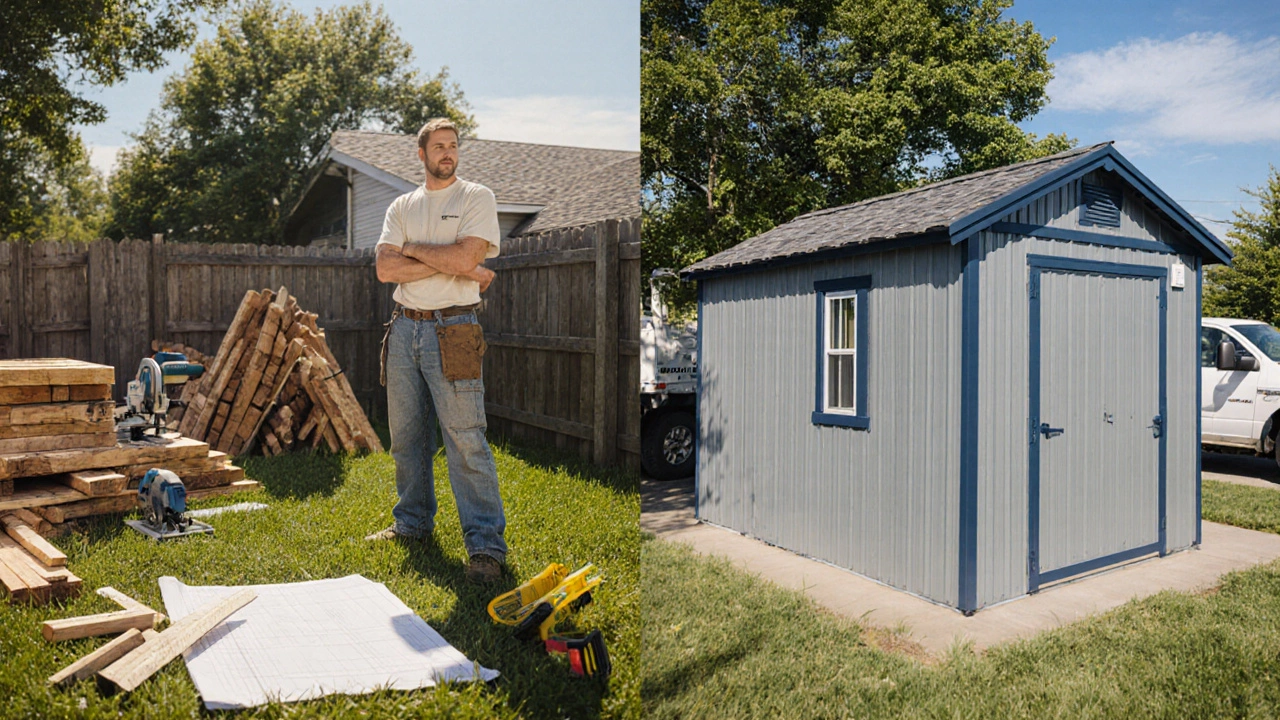Building Permits: What You Need to Know Before Any Home Project
When you start any building permit, the official go‑ahead from your local council that confirms your project follows safety, structural and zoning rules. Also known as construction permit, it’s the first gatekeeper for anything from a new deck to a full house extension. Building codes, the technical standards that dictate fire safety, load‑bearing capacity and energy efficiency provide the rulebook that the permit office checks against. Meanwhile zoning regulations, local land‑use policies that control height, setbacks and allowed uses on a parcel decide whether your idea even fits the neighbourhood plan. If you’re planning a home renovation, any alteration that changes structure, plumbing or electrical systems, all three entities intersect: the code tells you how to build safely, the zoning tells you if you can build there, and the permit ties them together into an approved package. Skipping this step not only risks fines but can halt a project mid‑way, forcing costly re‑work. Understanding the relationship—building permits encompass regulatory approvals, building codes set the technical standards, zoning regulations define the spatial limits, and home renovation projects rely on all three—sets a solid foundation before you pick up a hammer.
building permits usually require a set of drawings, material specs and a fee, then a review by a council planner or private certifier. The review process checks that your design meets the relevant building codes and respects zoning rules, then issues an approval that allows you to order materials and start construction. After work begins, inspectors swing by at key stages—foundation, framing, electrical and final completion—to verify that the build matches the approved plans. These inspections are not just paperwork; they are safety checkpoints that prevent structural failures, fire hazards and water damage later on. The timeline can stretch from a few days for a small bathroom upgrade to several weeks for a two‑storey addition, depending on the project’s complexity and the council’s workload. Getting your paperwork right the first time—clear floor plans, correct fire‑rating details, and accurate site‑survey data—can shave days off the wait. Many homeowners overlook the need for a “certified compliance” certificate at the end, which proves the job meets all code requirements; without it, you may face trouble when selling the house or claiming insurance. In short, the permit process links documentation, code compliance, zoning checks and field inspections into a single chain that protects you, your neighbors and future buyers.
Common slip‑ups include assuming that interior‑only upgrades like new cabinets or flooring don’t need a permit, or forgetting to check heritage overlays that add extra rules. To avoid those traps, start by consulting your council’s online portal or a licensed designer who can flag which parts of your plan trigger a permit. Keep a checklist: 1) Verify whether the work falls under “exempt development” in your area; 2) Gather structural calculations if you’re adding load‑bearing walls; 3) List all required inspections and schedule them early. The articles below walk you through real‑world scenarios—like positioning a dressing table near a window while staying compliant, safely locating a refrigerator next to a stove, or choosing bathroom finishes that meet moisture‑resistant code standards. You’ll also find guidance on modern décor trends that work within the constraints of local building regulations, so you can style your space without hitting a legal roadblock. Armed with this background, you’ll know exactly what paperwork to prepare, how to talk to inspectors, and which design choices keep your project both beautiful and lawful.






